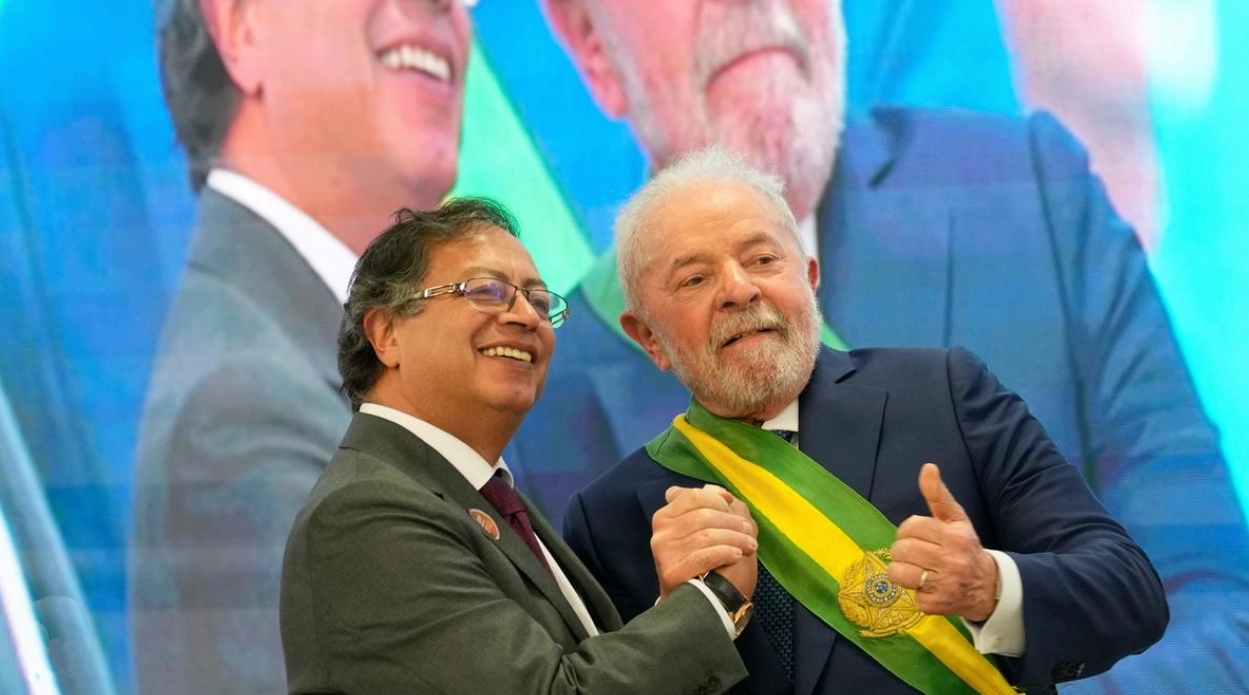A couple of years ago, the idea of a second wave of leftist governments in Latin America seemed evident. The return to power of MAS in Bolivia (2020), after the confusing end of Evo Morales’ third term; the election of Boric in Chile (2021) after the violent social outburst during the second government of Piñera in 2019; and the election of Castillo in Peru (2021), preceded by four presidents and two impeachments in a period of only four years; added to the governments of López Obrador in Mexico and Fernández in Argentina, made up what for many represented the beginning of a new cycle of leftist governments in the region. But two years later, and despite the return to power of Lula in Brazil and the historic triumph of the Colombian left with the election of Gustavo Petro, this new cycle shows difficulty in consolidating itself as a regional movement.
This new cycle is still far from the stability and geographical scope of the first cycle of leftist governments during the first decade of the century. At least three facts confirm this difficulty: the impeachment of Castillo in Peru; the defeat of the Chilean constitutional reform project backed by President Boric, which was followed by the election of a new Constituent Assembly with a majority of opposition representatives; and the evident loss of popular support of the Fernández government in Argentina, confirmed by the fall to third place in the primaries of last August.
Much has already been written about the difference between the current context of international economic uncertainty, in relation to the economic bonanza during the first decade of the century, thanks to the high price of commodities that greatly benefited the governments of the so-called “red tide”. This difference, added to the multiple crises generated as a result of the COVID-19 pandemic, has made it difficult for the new left-wing governments to meet the demands of citizens. This has led these governments, in part, to suffer greater fragility.
The vision of a second red tide in Latin America resulted, at least in the case of some of the countries mentioned, from a simplified reading of the complexity of the political systems that emerged from the last elections. In Peru, given the slim margin of difference in the 2021 presidential elections – less than 50 thousand votes -, and the lack of legislative support, it could hardly be said that the country had turned to the left with the election of Castillo. On the contrary, from day one it was known that it would be difficult for the new president to get support to lead the country and finish his term, especially considering the political instability of Peru during the previous four years.
In the case of Chile, the fragmentation of the political system in the last election did not justify the reading of a political turn in the country either. Let us recall that Boric was the second most-voted candidate in the first round of the elections, being surpassed by the candidate of the far right, José Antonio Kast, and that the political alliance of the president-elect obtained little more than 20% of the deputies.
However, the same argument cannot be applied to all cases. The Fernández government in Argentina had, at the beginning of its mandate, the support of almost half of the Chamber of Deputies and an absolute majority in the Senate. Her political attrition, excluding the external factors already mentioned, can therefore be attributed to inefficient management, particularly in the management of the economy.
However, the political fragility of the presidents and the rapid loss of political support is not an exclusive characteristic of the new leftist governments. It also affects right-wing governments. The political crisis of the Lasso government in Ecuador, which resulted in a call for early general elections only two years into the government’s term, is a case in point. In fact, if there is a new political wave or tide in Latin America, it is that of a significant increase in political fragmentation and polarization, which leads to presidents elected with minimal margins (Castillo, Lasso, Lacalle Pou and Lula in his last election) and/or to governments elected without a legislative majority (the cases of Castillo and Lasso are the most emblematic).
In a context such as the current one in Latin America, marked by high polarization, this political configuration hinders the possibility of reaching broad agreements that guarantee a government with a relatively broad base and that offers stability. Whether from the right or from the left.













